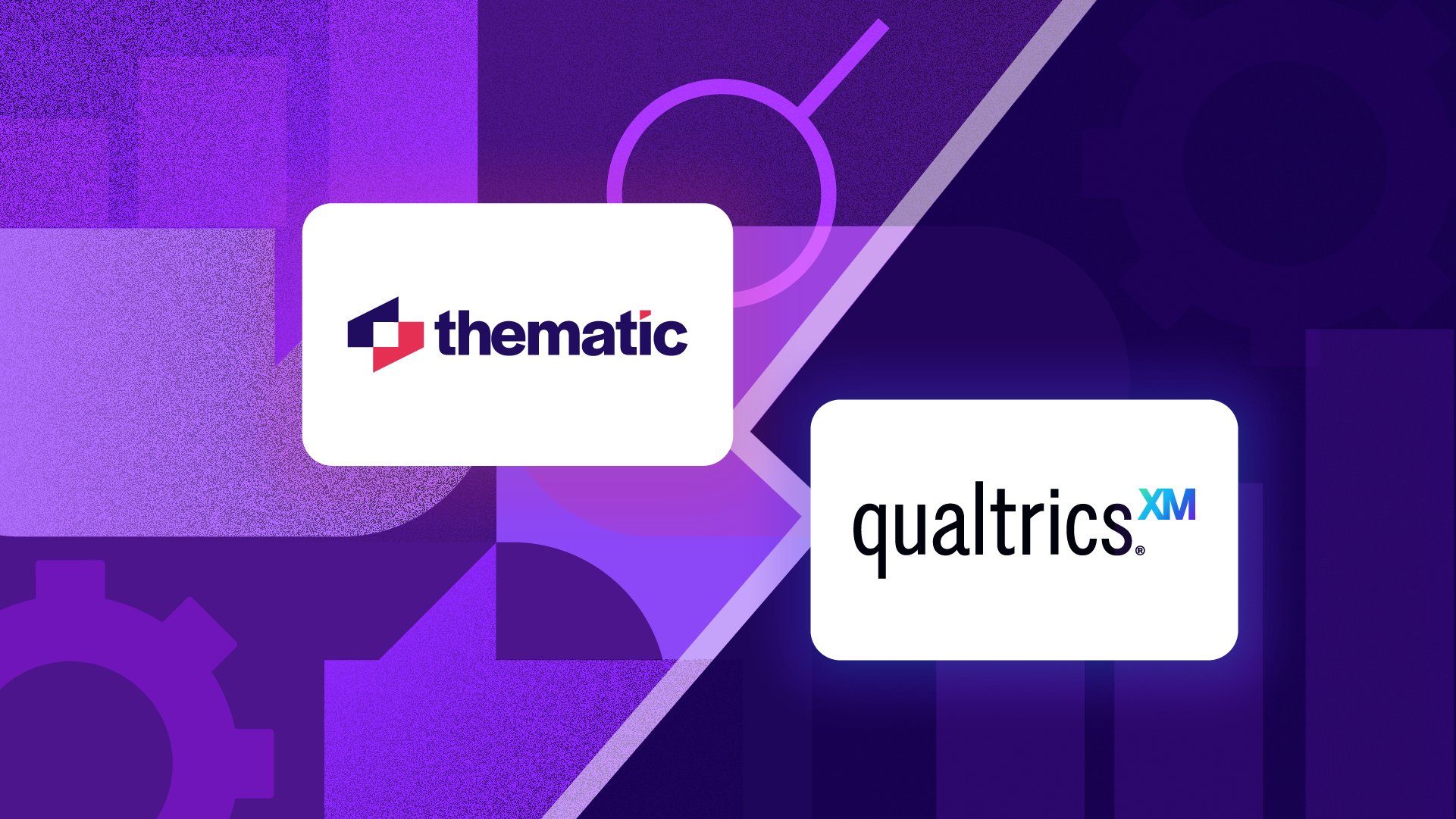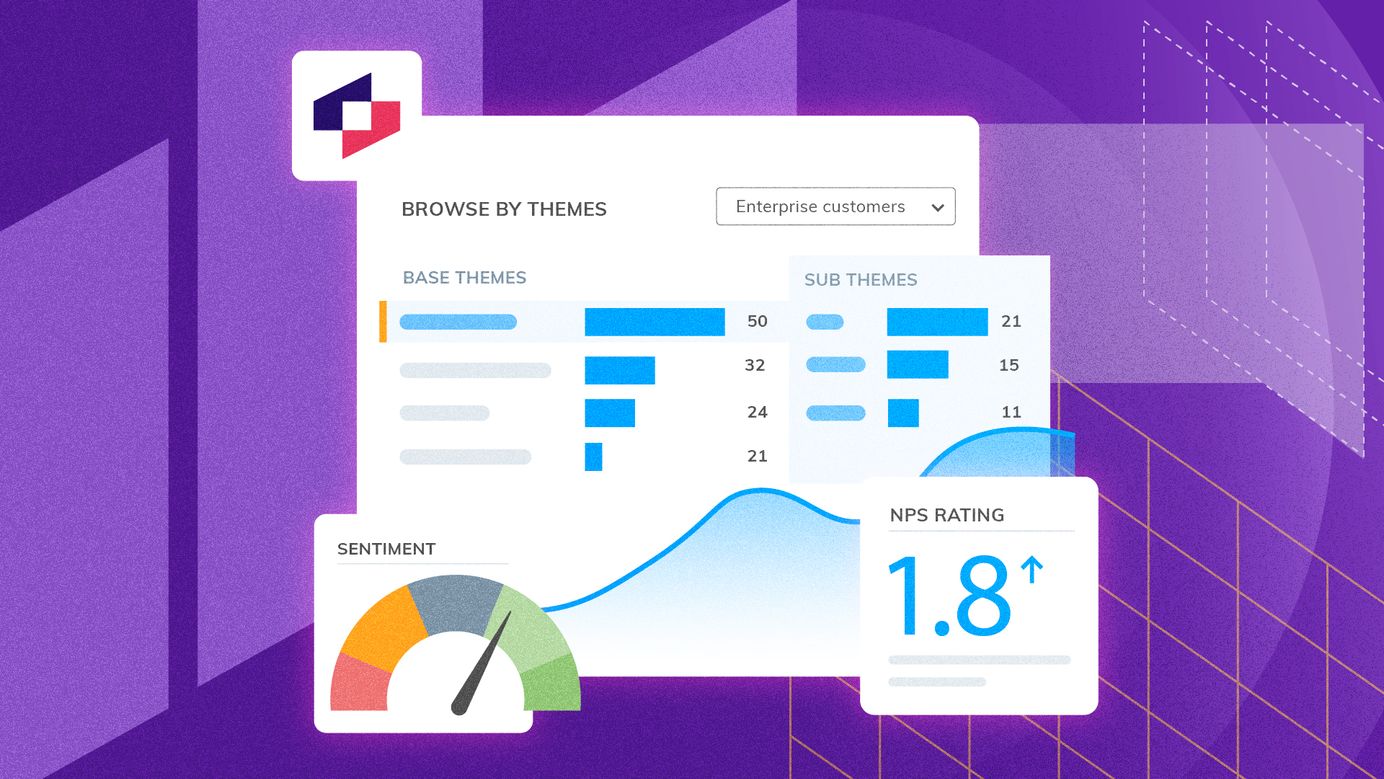
What is customer sentiment analysis and why should your business care?
If you are curious about how you'll get to know what your customers truly feel, you need customer sentiment analysis. It’s the process of analyzing feedback to see if customer sentiment is positive, negative, or neutral and, more importantly, why they feel that way.
“People will forget what you said, people will forget what you did, but people will never forget how you made them feel”
Maya Angelou’s famous quote perfectly captures why businesses must understand customer emotions—because feelings drive loyalty, spending, and brand reputation.
According to a PwC study, 32% of customers would stop doing business with a brand they love after just one bad experience, and in Latin America, that number jumps to 49%. Even among loyal customers, 17% will leave after one negative experience, and 59% will leave after multiple bad ones. No matter how beloved a brand is, poor experiences drive customers away—fast.
You might be wondering:
- What influences customers to feel positively or negatively about a brand?
- Which customers had especially bad experiences, and how can we address their concerns?
- How do we engage those who feel indifferent?
One way to uncover these answers is by gathering customer feedback—through surveys, for example. While analyzing this data can be challenging, the insights gained are invaluable.
What is customer sentiment analysis?
Customer sentiment analysis determines how customers feel based on their language. The basic idea is that strong feelings lead to emotionally laden words. Algorithm creators use this information to figure out two parameters:
- Sentiment polarity shows whether the feelings are positive or negative.
- Sentiment magnitude shows how strongly customers feel.
The algorithms determine customer sentiment using one of these two approaches:
- Dictionary: Look up polarity and magnitude given the word or phrase. Reverse if there is a negation.
- Categorisation: Learn from examples how to categorize any new piece of text using Machine Learning.
If you are wondering how algorithms handle sarcastic comments, such as “I love to wait hours until my dinner arrives,” the short answer is: they don’t. You can find the long answer in our related post about sarcasm in customer feedback.
How can your company benefit from customer sentiment analysis?
Google has been innovating in customer sentiment analysis for many years. Here is how they presented online shops in their search a while back:

Both the shop itself, Dick’s Sporting Goods, and their potential customers can see an overview of what’s good, what’s lacking. The selection looks good: Customers will find it easier to find the right product, and the shop could emphasize this in their marketing. Return policy and customer service are lacking: Customers will feel that the purchase will be risky, and these are the two areas the shop should improve.
Strategic Insights Based on Customer Feedback
Modern customer sentiment analysis solutions can provide deeper insight than this. They can capture what specifically people don’t like about the return policy, and after the business has taken steps to fix the issue, or improving a process, they can track how that has improved customer satisfaction. They can also differentiate between feedback that is frequent and feedback that influences satisfaction scores.
Operational Improvements Based on Customer Feedback
Customer sentiment analysis can help brands in a more actionable way. It can pick out from large volumes of feedback which customers need extra care. They may be mentioning issues such as making a payment, repeated frustration with the call center, or intention to cancel the service. Tracking such themes and introducing required processes is the key when it comes to closing the loop: from receiving feedback to figuring out which action will result in a positive customer experience.
Stay up to date with the latest
Join the newsletter to receive the latest updates in your inbox.




